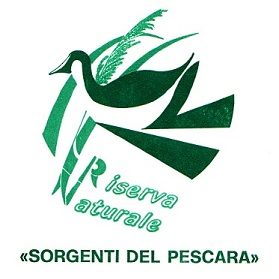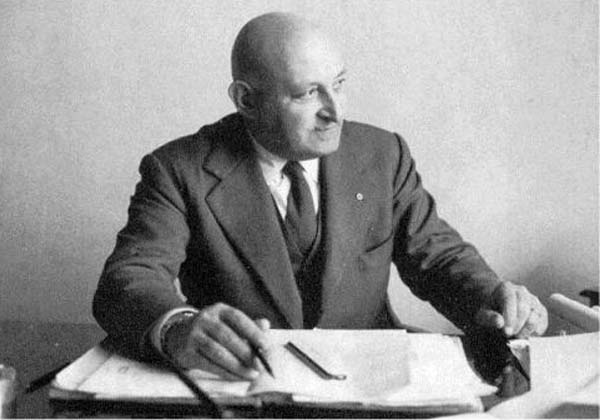🇬🇧 Hints on Corradino D’Ascanio
Engineer Corradino D’Ascanio was born in Popoli on February 1, 1891 and from an early age he felt the attraction for flying. Over the years he tried several times to take flight by jumping from the hills of Popoli with wings attached to his arms, only to fail. At the age of 23, on November 6, 1914, D’Ascanio graduated in mechanical industrial engineering at the Turin Polytechnic. After graduating, D’Ascanio enlisted as a volunteer at the “Aviators Battalion” in Turin and participated as an officer in the Great War. During this time, he had the opportunity to gain a lot of experience in the aeronautical field by observing the various aircraft that were being manufactured by the military. He also carried out the first installation of a two-way radio on an Italian aircraft. In June 1918, he was requested by the “Pomilio” Aviation Company and was placed on temporary leave.
Pomilio then entered into an agreement with the US government to set up an aeroplane factory in America and, again in 1918, D’Ascanio moved there. After the end of the First World War, the “Pomilio Brothers” business ceased. Then D’Ascanio, together with Veniero D’Annunzio, the famous poet’s son, tried to set up a civil aviation company but, as they could not find anyone to finance them, the project did not get off the ground. Meanwhile, in 1917 D’Ascanio had become engaged in Popoli and married that same year.
In 1920 he returned to Italy and dedicated himself to projects in a wide variety of fields, from construction to electrical engineering. In 1920 he also carried out the modernisation and expansion of the municipal power station of his town, Popoli. In 1926, he was finally able to attempt to realise his long-cherished dream of constructing a helicopter that would pass the flight test. His partner was Baron Troiani. The attempt, however, failed: due to various technical errors, the machine fell apart and the inventor-tester himself only miraculously survived. D’Ascanio drew up a new design in 1928, and two years later the new helicopter was ready to take flight. The tests lasted from May to October 1930 with positive results. In the first fully successful flight, the records of 1078 metres distance, 8 minutes and 40 seconds duration and 18 metres height were achieved. The machine designed by D’Ascanio was practical, highly manoeuvrable and elegant.
For his inventions and ceaseless research, he received the gold medal of the Ministry of Aeronautics, the gold medal as a ‘well-deserving citizen of Pisa’, the gold medal as a ‘well-deserving citizen of Popoli’, the star of merit of the Ministry of Education, the ‘Fibonacci’ gold medal, and the star of merit of the Ministry of Labour. D’Ascanio died in Pisa on August 5, 1981.
Source: Popoli città d’arte e natura.
Authors: Federico Palmerini, Roberto Flauto, Andrea De Melis.
Project: work-school experience with the Liceo Scientifico Amedeo di Savoia in Popoli.


